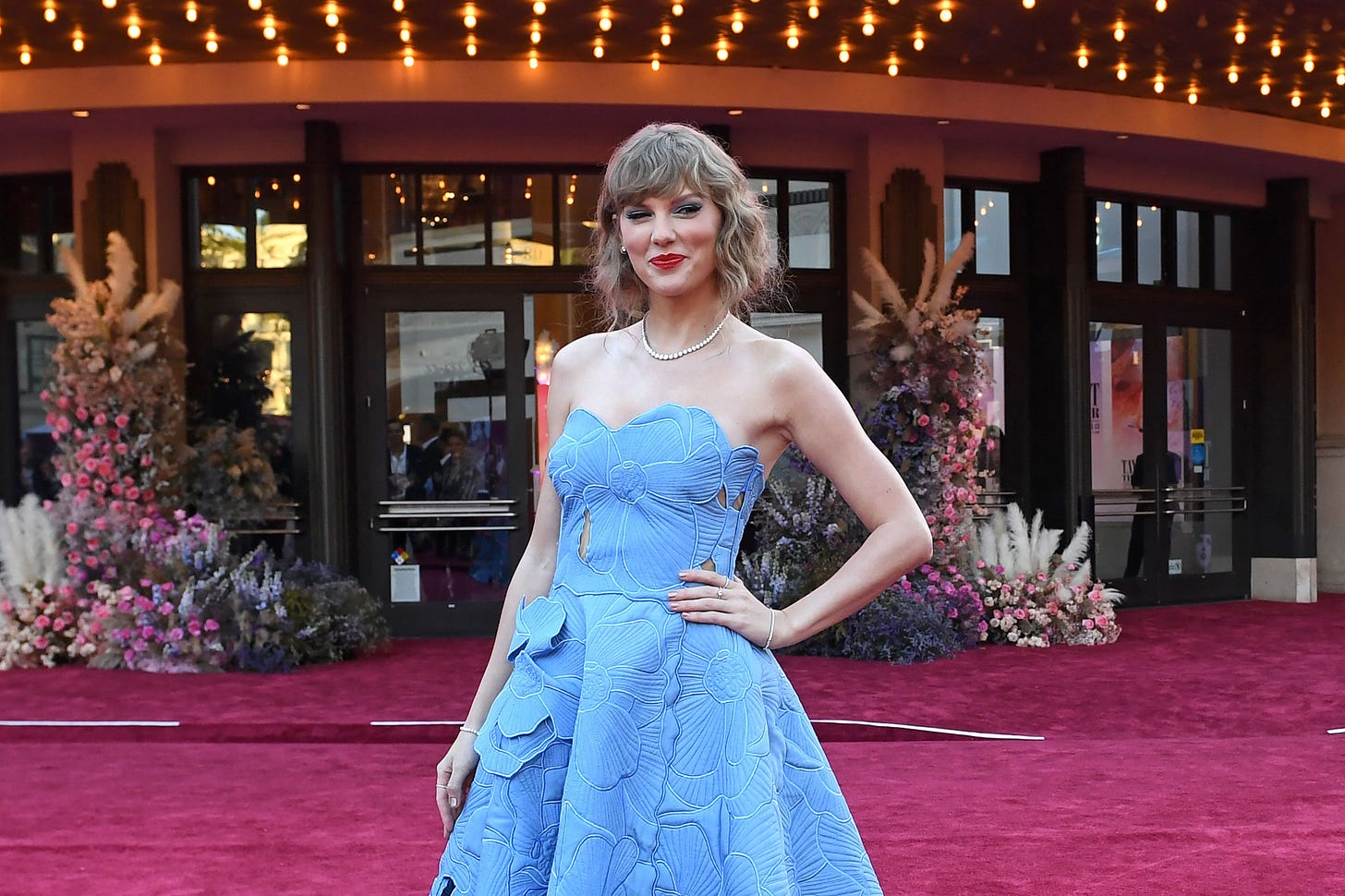Cost-Plus Deals Are Dying. Now What?
Split rights, windows and co-prods — once unheard of in winner-takes-all streaming — are back, along with lessons from Taylor Swift and Glen Powell
Ashley Cullins writes Dealmakers and recently dove into the coming M&A landscape, the new rules of film finance and the current state of first-look deals. You can reach her at ashley@theankler.com
When it comes to making the most of modern distribution windows, everyone’s favorite tortured poet has set a high bar. “The best way that I’ve seen someone monetize different windows recently is Taylor Swift,” says a corporate transactional lawyer.
After bringing in more than $1 billion from sold-out shows across the globe, the artist made even more money — and no shortage of headlines — when she negotiated her theatrical distribution deal directly with AMC last fall.
Taylor Swift: The Eras Tour grossed almost $181 million domestically and another $80 million worldwide — and by going direct to theaters she’ll keep a larger than usual share of that. She then strategically cut deals with multiple platforms for digital rentals and purchases (TVOD) and streaming. “She was so smart because she held back content,” this lawyer notes. “She added three more songs and then sold it on pay-per-view. Then, she takes that same material, adds a few more songs and special features and sells it to Disney+ for a whole bunch of money, too.” (The Disney+ price tag was a reported $75 million.)

It’s safe to assume that at some point there will also be a 4k Blu-ray release packed with even more features for fans. “Every time you're negotiating this [kind of] deal,” says this lawyer, “you have to say, ‘Okay, you only get these rights for this long and then later I can do something else with them.’”
Pre-streaming, this kind of windowing strategy was second nature for Hollywood dealmakers. But windowing largely went out the, ahem, window amid the frenzy chasing Netflix into streaming, and the incursion of Amazon and Apple and their seemingly infinite cash into the market.
“You had a confluence of trends that all pushed the studios and streamers to buy up as many properties as possible,” says Susan Zuckerman Williams, chair of the entertainment and media finance group at Paul Hastings. Covid kept people at home glued to devices, followed by pre-strike panic buying. “Now everyone is being a little more careful with their budgets.”
My colleague Elaine Low recently ran an exclusive excerpt from the revised version of Ken Basin’s The Business of Television in which he argues that “the old ways will save us.” He’s not alone in thinking that — and it’s already happening.
As the industry comes down from the high of the content boom, there’s a renewed interest in not only windowing but also co-financings and, maybe more reluctantly, split rights deals from streamers that had once been set on owning the world.
The next phase of the streaming era certainly is going to be defined by how the Silicon Valley disruptors act now that they aren’t the new kids in town anymore (and don’t need to throw money around for a seat at the cool table in the cafeteria).
For today, I talked to top partners from Sidley Austin, Manatt and Sheppard Mullin, as well as agents and studio execs, about the new deals of now and what you need to know about the shifting landscape.
In this issue, you’ll learn:
How Netflix, Amazon and Apple are rethinking their standard deals
Which one of them is still demanding worldwide rights
The type of project Netflix will bend its usual rules for
Why streamers are setting overall deals with other companies rather than individual talent
Why co-financing is back — and how many partners is too many for a project
How the end of cost-plus deals is forcing producers to be more creative in securing distribution
The big upside now for content owners — and long-term benefit
Why major studios’ renewed willingness to sell projects to Netflix is changing the market for everyone else
How legacy studios rate against streamers in terms of territorial rights they want




